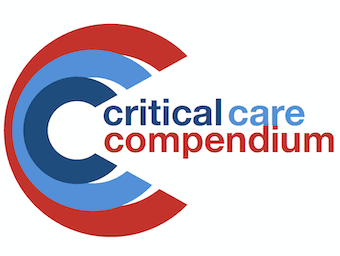
Temperature and Traumatic Brain Injury
Temperature and TBI. Induced hypothermia has been used for years to reduced cerebral metabolic rate; manipulation of temperature has been shown to effect certain types of brain injury (therapeutic hypothermia in out-of-hospital cardiac arrest).
